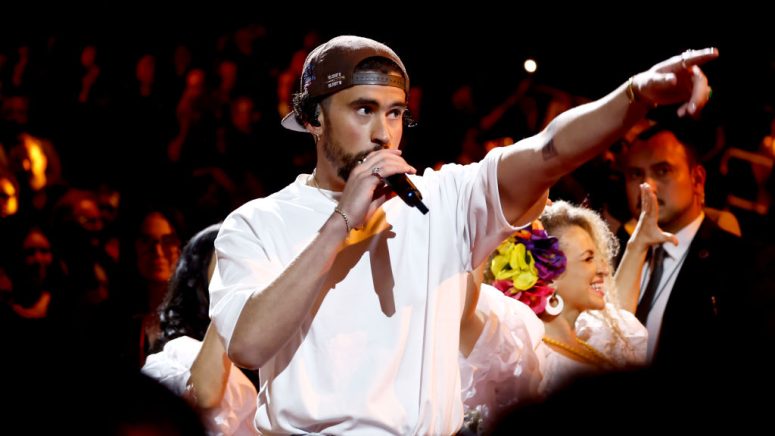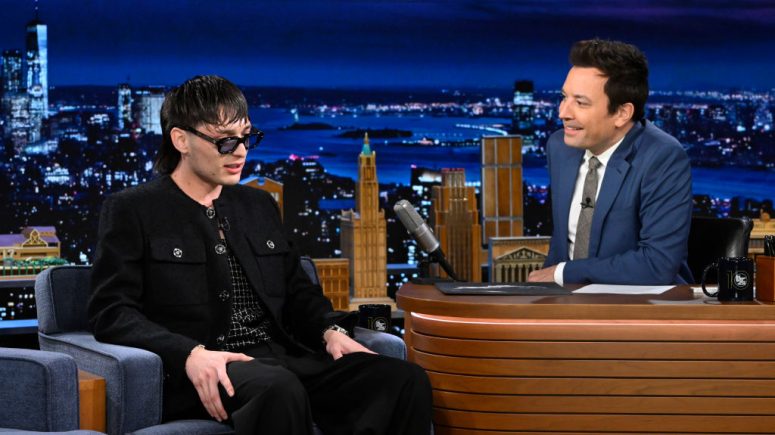National Hispanic Heritage Month (recently evolved to Latinx Heritage Month) is a special occasion we look forward to every year to celebrate what forms the core foundation of LOS40 USA: honoring U.S. Latinos and Hispanics, their history, and culture. When we talk about Hispanic, Latino, or Latinx, we are speaking about the roots of over 52 million inhabitants of the United States today.
This tribute began in our country in 1968 when California Congressman George E. Brown proposed the formal recognition of Hispanic contributions, formalized that same year by President Lyndon B. Johnson. About 20 years later, in 1988, President George Bush extended this celebration to a month, from September 15th to October 15th. The starting week coincides with the independence dates of various Latin American countries, such as Costa Rica, Guatemala, El Salvador, and Mexico, among others.
For this month, we want to dedicate a special focus to National Hispanic Heritage Month by doing what we do best: talking about music, especially Latin music! It’s impossible to envision the cultural development of different genres in the United States without the contributions of Hispanic-Latinos. Studies exist to certify something that is essential to us: that most popular musical expressions are influenced (from jazz, rhythm and blues, country music, rock, to stage and film music) by the idioms spoken in Brazil, Cuba, or Mexico.
Multiple styles arrived in the United States from various Latin American territories since the late 19th century when several Caribbean and Mexican languages settled in the country. In 1930, salsa arrived, primarily developed in the neighborhoods of Cuban and Puerto Rican exiles in New York. Cuban rumba also made its mark (significantly influencing genres like ballroom rumba and Afro-Cuban jazz), and in the 1940s, Tito Puente, Tito Rodríguez, and Perez Prado introduced the mambo. It was also during these years that we began to see the influences of bachata after its popularization in the Dominican Republic in the 1980s, creating a diverse and rich tapestry of musical currents.
The Rise of Latin Music in the Present
We can assert that Latin music, in its various forms, is currently experiencing one of its best moments. The massive success of urban genres like reggaeton from Puerto Rico and various styles within Mexican music are dominating the music charts in the country (and worldwide) today. But to be precise, this is a triumph, prestige, and influence that has been in the making for many years.

We began to witness this boom in the most influential spheres of the industry since the 2000s with music award celebrations that recognized the successes of artists like Carlos Vives, Marc Anthony, Jennifer Lopez, Gloria Estefan, Shakira, Juanes, Daddy Yankee, Enrique Iglesias, among many others who continue to transform the music landscape.
We saw this with Colombian legend Shakira, who was crowned as the queen of Latin music at the VMAs this week. She is also the most listened-to female Latin artist worldwide and one of the most influential. Her legacy, along with divas like Thalía, Gloria Trevi, or Ivy Queen, has undoubtedly inspired other queens of the genre who shine in all their glory and top the charts today, such as Karol G, Anitta, Becky G, and Rosalía, among others. It’s also worth highlighting the significant role of the reggaetoneros in popularizing the genre in our country, from the aforementioned Daddy Yankee and Don Omar as two of the genre’s pioneers, to the more recent ones who solidified the new generation in our country: Bad Bunny, J Balvin, Maluma, Anuel AA, Myke Towers, and Rauw Alejandro, among others.

In recent years, Spanish-language music in the United States and other Latin markets has continued to thrive. Between 2020 and 2022, Latin music consumption grew by 55.29%, according to Luminate, far surpassing the general industry’s 21.61% and the four largest genres in the country: R&B/hip-hop (12.17%), rock (22.28%), pop (20.64%), and country (19.22%).
In the last cited year, Latin music achieved a 6.6% share of the total market in our country. Over 45 Latin songs entered the prestigious Billboard Hot 100 in 2022, highlighting the influence of Bad Bunny’s «Un Verano Sin Ti» (2022) the most listened-to Latin artist in the world, who authored one of the Latin music albums that set numerous records in recent years, grossing $373.5 million on his subsequent tour.

The Global Success of Música Mexicana
Alongside reggaeton, Música Mexicana is breaking boundaries in recent years to establish itself as one of the most listened-to variants in our country. Artists like Carín León are fighting to carve out their own name and space in the international industry, moving beyond the confines of Regional Mexican.

Since 2023, Música Mexicana and Mexican-American music have topped the charts in the United States (such as the Billboard Hot 200) with iconic collabs like the viral ‘Ella Baila Sola’ by global icon Peso Pluma – undoubtedly the male artist of the year, reinventing and taking corridos tumbados to another level – alongside Eslabón Armado or Grupo Frontera‘s ‘unX100to’ with Bad Bunny.
Drawing inspiration from the legacies of great artists like Vicente Fernández, Jenni Rivera and Los Tigres del Norte, but blending their original roots with urban and pop rhythms, multiple artists and groups are taking Mexican music beyond its borders, with notable contributions from Grupo Firme, Fuerza Regida, Natanael Cano, and Christian Nodal.
2023 continues to be a great year for Latin music, spreading its message to more places and moments, and solidifying its presence in the cultural landscape. That’s why we are proud to celebrate this National Hispanic Heritage Month and the artists who inspire us every day.
Long live Latin and Hispanic culture in the United States!


